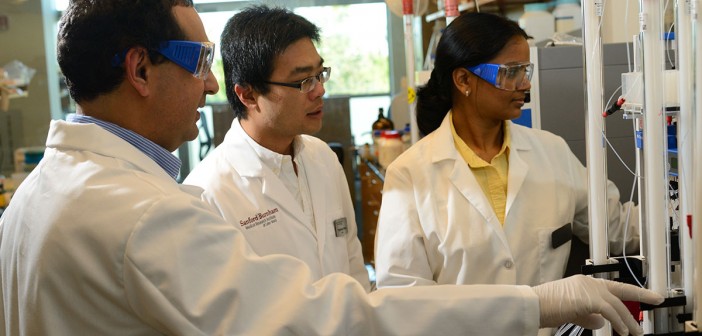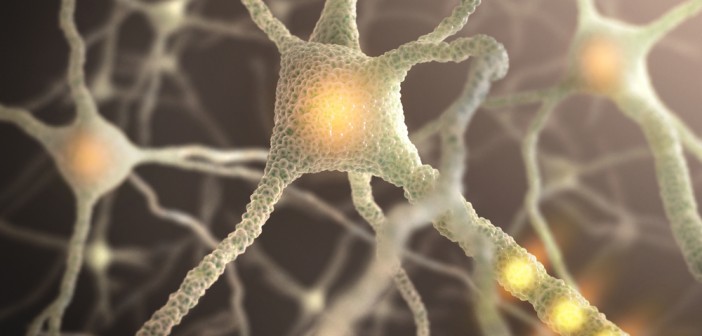In a collaborative study between SBP and the Argonne National Laboratory, scientists have used a highly specialized X-ray crystallography technique to solve the protein structure of hypoxia-inducible factors (HIFs), important regulators of a tumor’s response to low oxygen (hyopoxia). The findings, published today in the journal Nature, open the door to search for new drugs to treat tumors by cutting off their supply of oxygen and nutrients. Continue reading “Scientists solve structure of important protein for tumor growth”
Scientists solve structure of important protein for tumor growth


